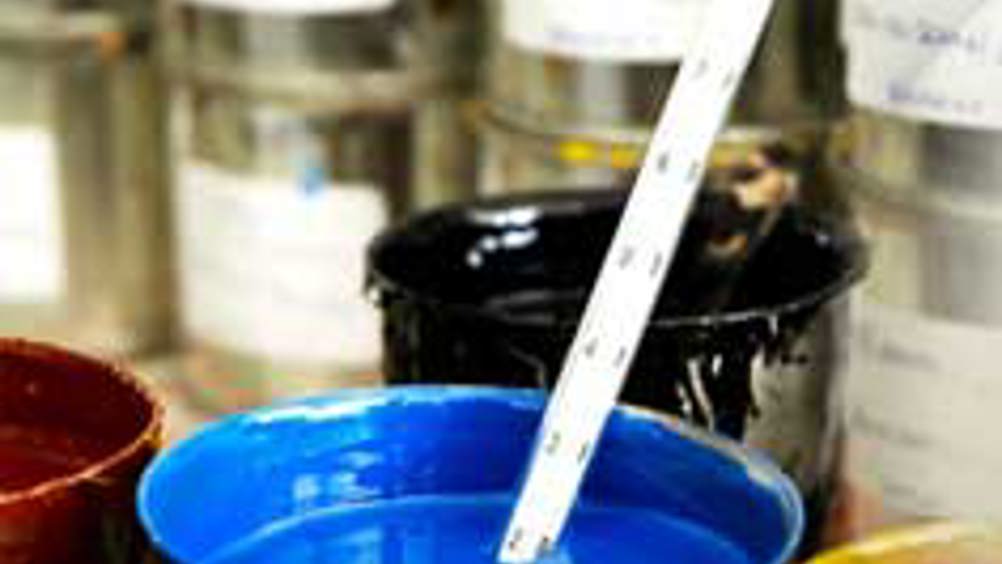US researchers create low-cost solar paint using quantum dots
US researchers have created an inexpensive solar paint that uses semiconducting nanoparticles to produce energy.

A team at Notre Dame University’s Center for Nano Science and Technology (NDnano) in Indiana — headed by Prof Prashant Kamat — devised a technique for creating the solar paint.
‘By incorporating power-producing nanoparticles, called quantum dots, into a spreadable compound, we’ve made a one-coat solar paint that can be applied to any conductive surface without special equipment,’ said Kamat.
The method involved nano-sized particles of titanium dioxide, which were coated with either cadmium sulphide or cadmium selenide. The particles were then suspended in a water-alcohol mixture to create a paste.
When the paste was brushed onto a transparent conducting material and exposed to light, it created electricity with an efficiency of one per cent — some distance behind the typical 10–15 per cent efficiency of commercial silicon solar cells.
Neverthless, Kamat said: ‘This paint can be made cheaply and in large quantities. If we can improve the efficiency somewhat, we may be able to make a real difference in meeting energy needs in the future.’
Register now to continue reading
Thanks for visiting The Engineer. You’ve now reached your monthly limit of news stories. Register for free to unlock unlimited access to all of our news coverage, as well as premium content including opinion, in-depth features and special reports.
Benefits of registering
-
In-depth insights and coverage of key emerging trends
-
Unrestricted access to special reports throughout the year
-
Daily technology news delivered straight to your inbox










Water Sector Talent Exodus Could Cripple The Sector
Maybe if things are essential for the running of a country and we want to pay a fair price we should be running these utilities on a not for profit...